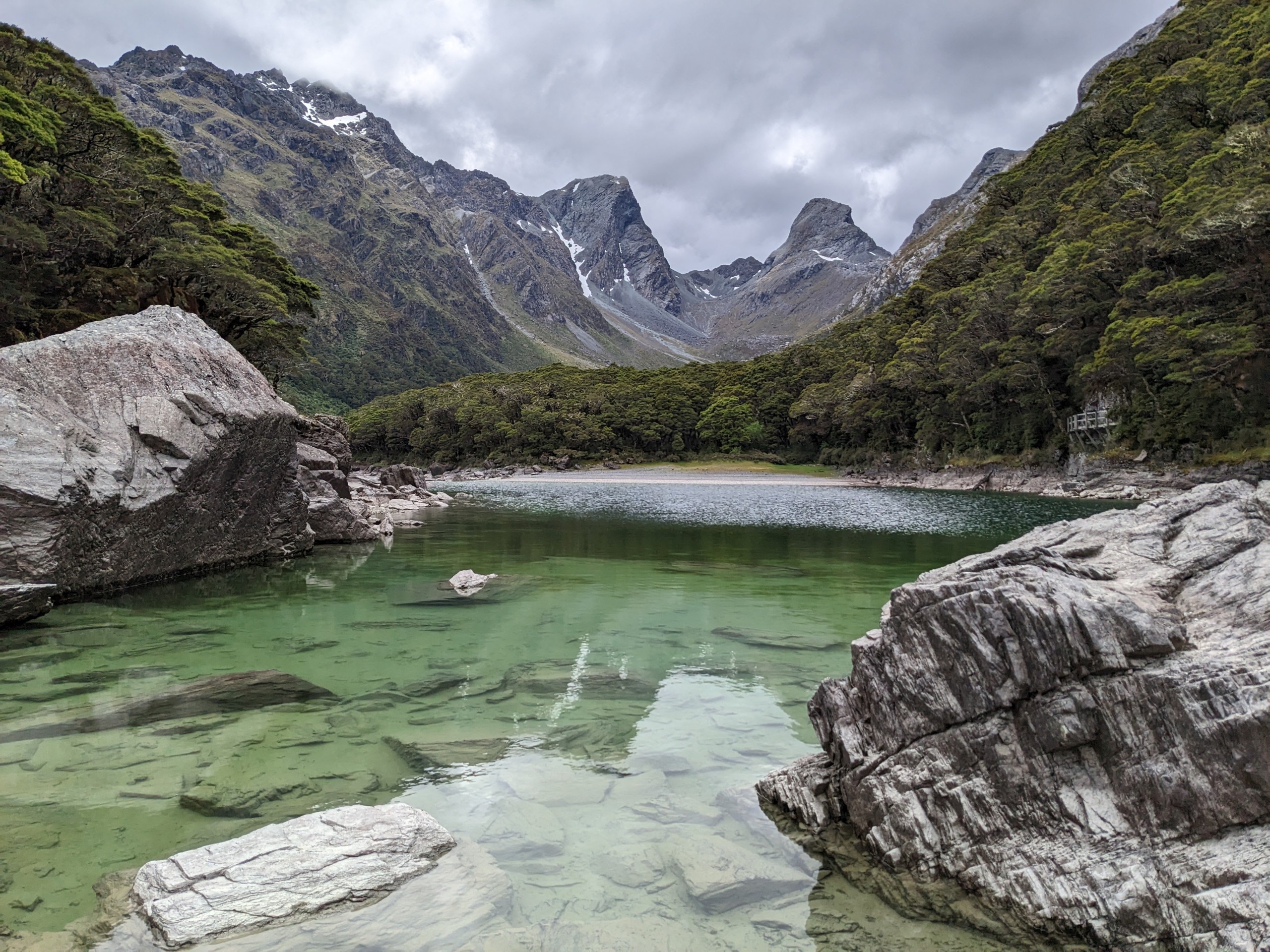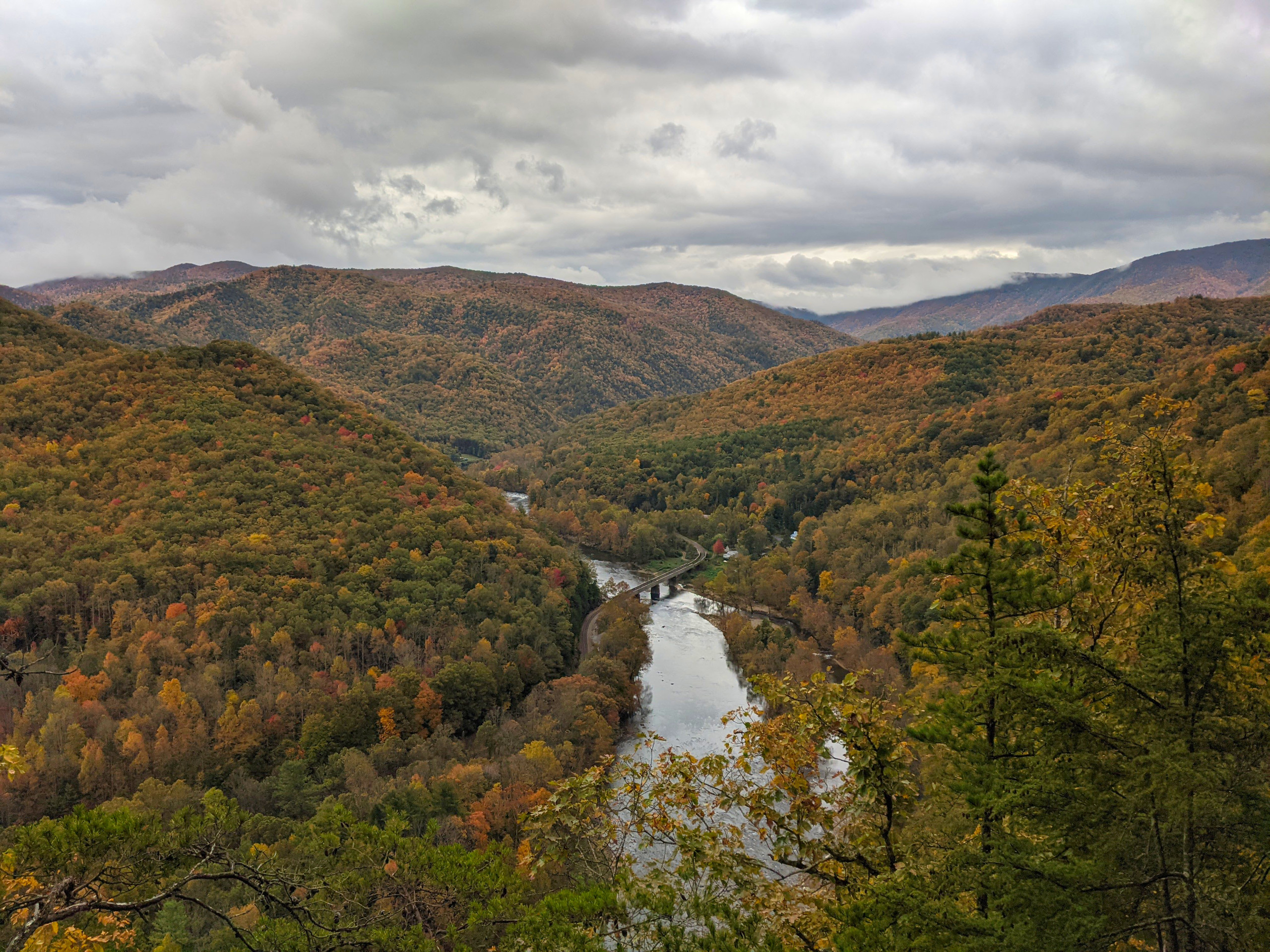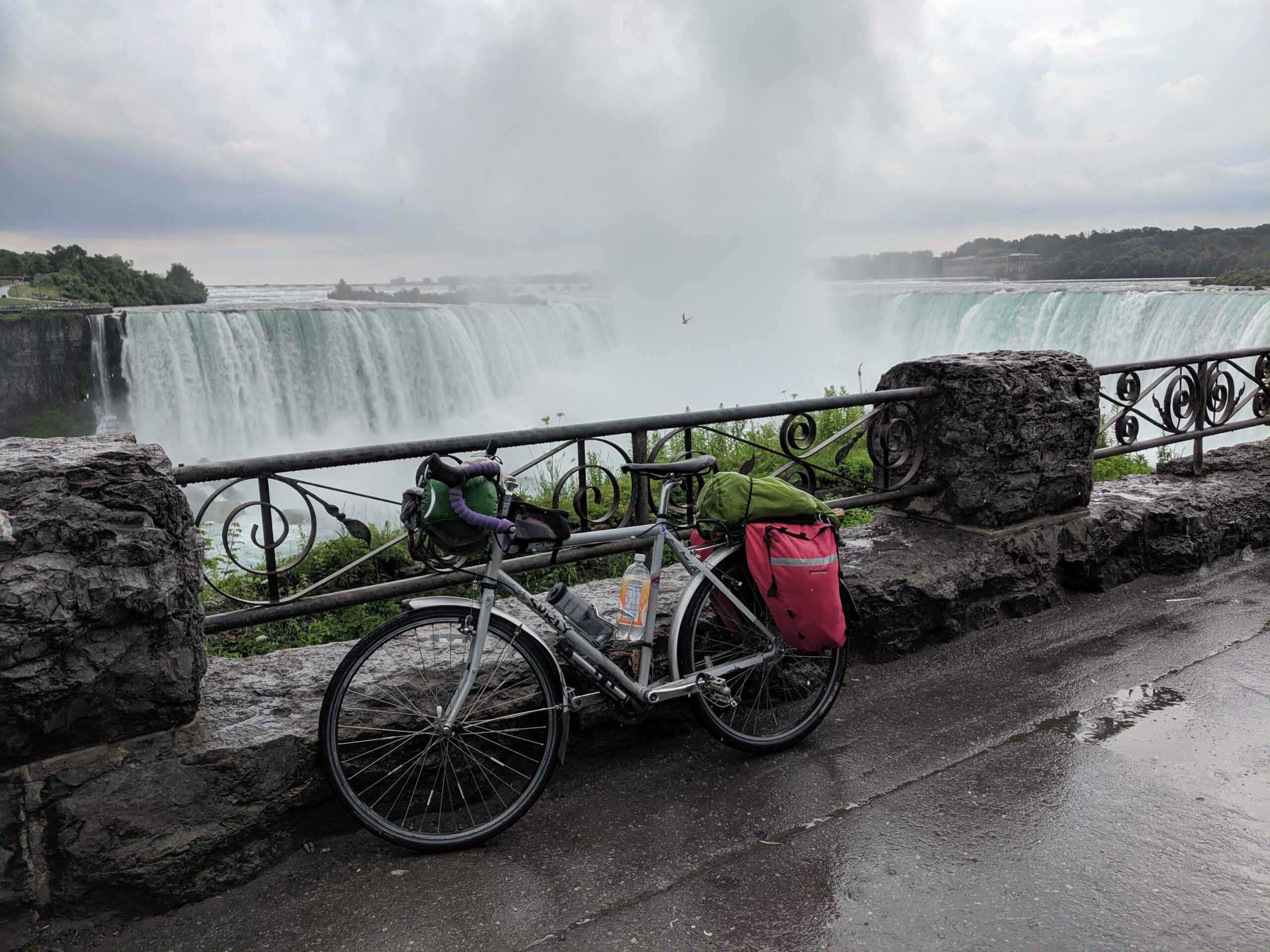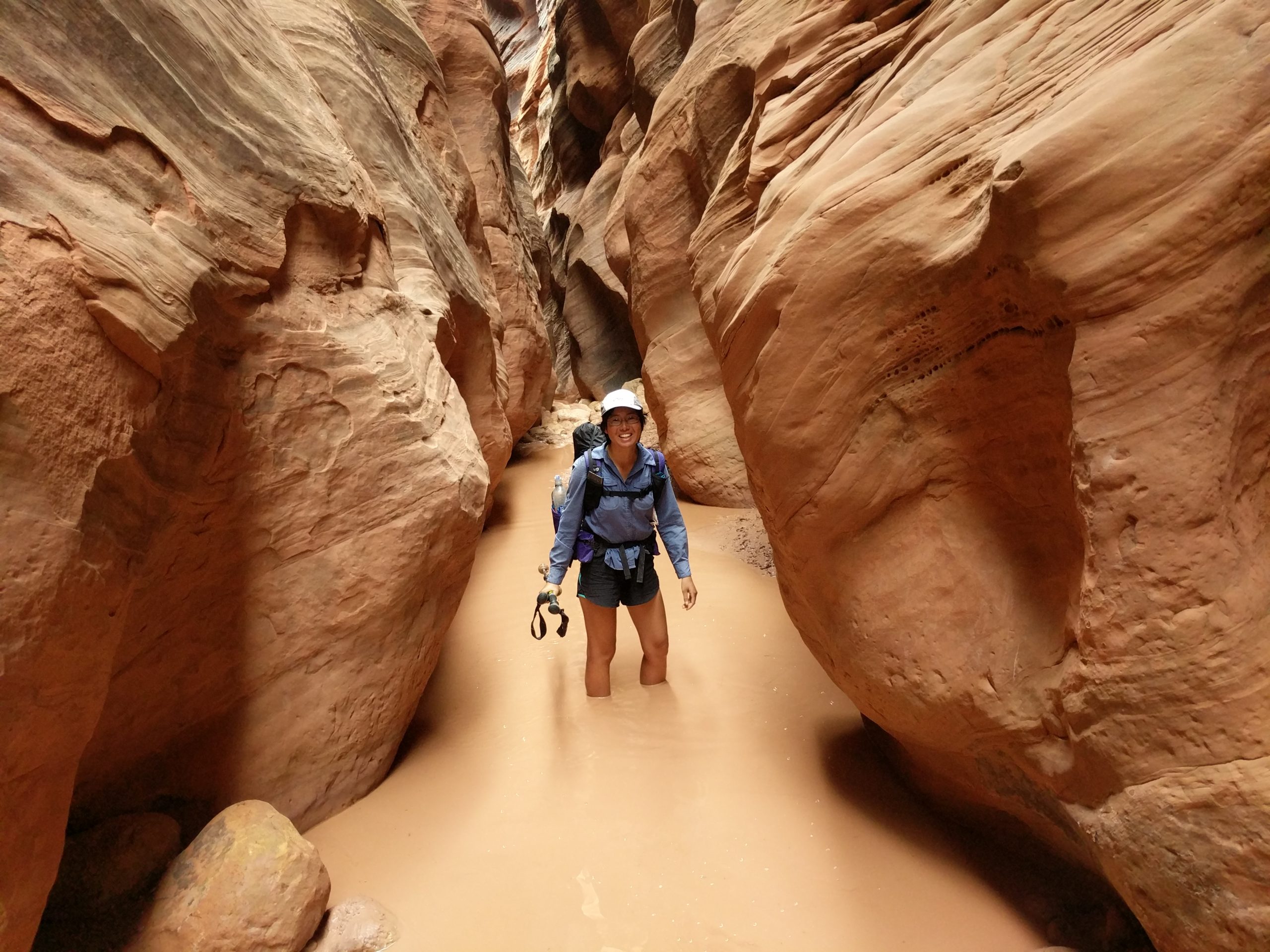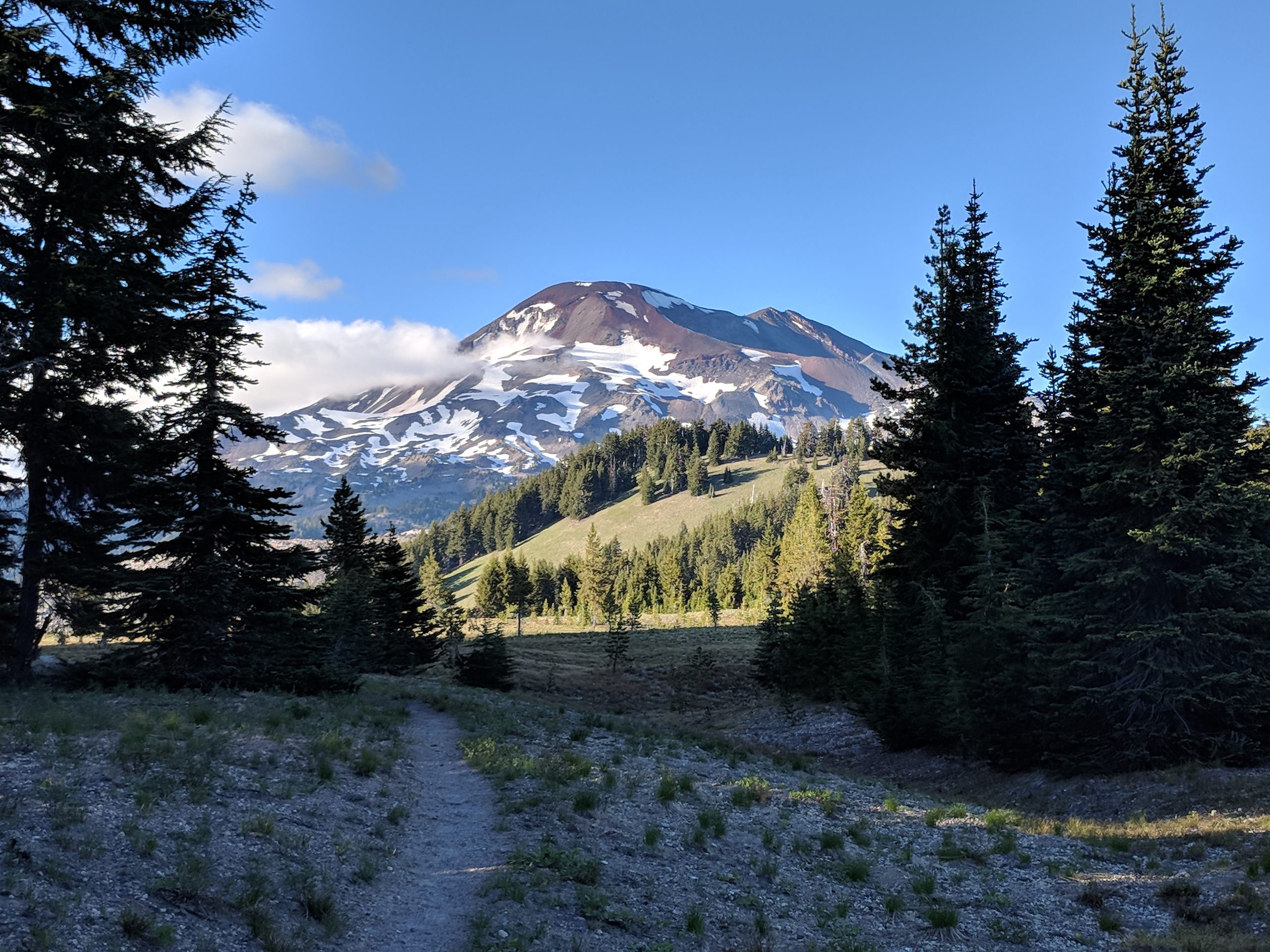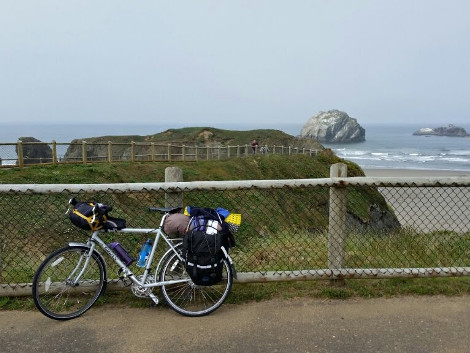I decided to hike the Arizona Trail after finishing my summer cross-country bike tour, which was cool but unsatisfying because I never got away from people, let alone their cars. The AZT proved to be a much better wilderness experience, including a restorative period of 3.5 days without any human interaction.
The AZT is a pretty easy, straightforward trail (at least in the fall, I can’t vouch for spring if there’s snow) so to make it more exciting, I challenged myself to complete it without showering. I hiked for 44 days and the 47 days between showers represents the longest shower-free period in my life to date.
To avoid temptation, I never stayed indoors, except for the traditional Mt. Lemmon bathroom overnight*. I did finally do laundry once in Kearny because my socks were in rigor mortis and I was getting worried for my feet.
* Technically you sleep in the bathroom foyer, not the literal bathroom. At any rate, it’s warm and dry, I only saw one mouse, and the kind townspeople welcome hikers to stay there for the night.
Route Map
Highlights
- I saw a few North Rim bison, although I stupidly had both earbuds in and by the time they were galloping close enough for me to hear and turn around to look, they were already disappearing into the trees.
- The rangers in the Coconino National Forest were doing their best to burn it all down, which is an admirable goal and I fully support their efforts. However, by virtue of there being absolutely nothing else to get excited about, the Coconino taught me to pay more attention to trees. Alligator junipers are the coolest and best and may be found everywhere south of the Colorado Plateau, but I loved seeing the crazy-long-needled Apache pines in the Huachuca mountains.
- There was an all-night elk dance party the night I camped on the Mogollon Rim. I kept waking up to bugling and hoofbeats.
- Barrel cactus fruits are edible and taste like bell peppers. Also, a handful of barrel cacti were confused and still blooming even in October. Other than a couple equally-confused saguaros, they were the only flowering cacti I saw.
- There is a big gorgeous crested saguaro right off the trail. Spotting it was the single best moment of my hike.
- Arizona is great for birdwatching. Stop in at the hummingbird center in Patagonia so you can add violet-crowned and broad-billed hummingbirds to your life list. I also enjoyed the cardinals, roadrunners, curve-billed thrashers, Gila woodpeckers, and the goth cardinal, the Phainopepla. West coast natives may enjoy listening for Woodhouse’s scrub jays and trying to articulate the subtle differences between their screeches and those of the California scrub jay to fascinated friends back home.
- Arizona is also great for looking at the sky. If there are clouds, you get excellent sunrises and sunsets, and if there aren’t clouds, you get excellent stars and views of the Milky Way. You can’t lose. (Except when it’s so cloudy it’s pouring buckets while you’re staggering up one of the much-extolled sky islands. Then you lose.)
Recommendations
- Get off the AZT. I strongly recommend extending your hike a couple hours into Utah so you can at least do a side trip out to Buckskin Gulch from Wire Pass and see a slot canyon and petroglyphs. (If you haven’t done it before, you should hike through Buckskin Gulch and the Lower Paria and make Lees Ferry your northern terminus.) I also recommend adding a few extra miles in Grand Canyon to camp outside of the corridor so you get a taste of what it’s actually supposed to be like inside the canyon, instead of being trapped in a zoo. And if you do the equestrian bypass around Flagstaff, you can hike to Walnut Canyon and explore the cliff dwellings.
- Gaiters would have actually been nice. I’ve never wanted them before but, at least in the fall, I was constantly picking knife-sharp seeds out of my socks and shoes.
- Leggings or pants are pretty much essential. Everything south of the Colorado Plateau is very frequently overgrown with thorn bushes. After my legs got shredded the first day, I wore leggings religiously for weeks.
- Tarp + bivy continues to be the best shelter system in the Desert Southwest.
- Fall is a great time for the AZT. In the fall, the tarantulas are out and about, and even as an arachnophobe, they were super cool. The weather was great and the temperatures were moderate and the aspens were brilliant gold. The main downside was the days being short, so if you don’t night hike and don’t walk fast, you won’t be getting great daily mileage.
- I also thought that going sobo was better because the desert gradually unfolds as you go, instead of all the cool stuff disappearing (and then reappearing suddenly in the form of southern Utah, at which point the AZT has ended). However, you should expect to get a lot of sun in your face.
- I don’t recommend this per se, but the AZT is a good trail if you’re not stoked about hitchhiking alone and also don’t want to bother mailing yourself food. I didn’t send myself any boxes and my only hitch during the trail was to get to Kearny. This does mean some fairly long carries and some fairly dire resupply stops, so be prepared. The Roosevelt Marina was fine because I wasn’t expecting miracles, but the Pine grocery was badly understocked if you’re not equipped to cook or coldsoak. In my panic, I bought a box of eight Nutrigrain bars, and was only able to choke down five of them before I accepted that I would rather starve*. The other three accompanied me for the remaining 460 miles to Mexico and have achieved souvenir status.
* My pet theory: the Donner Party still had cases of Nutrigrain bars when they started eating each other.
